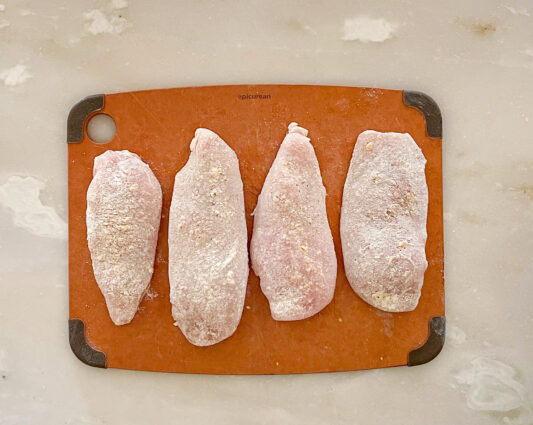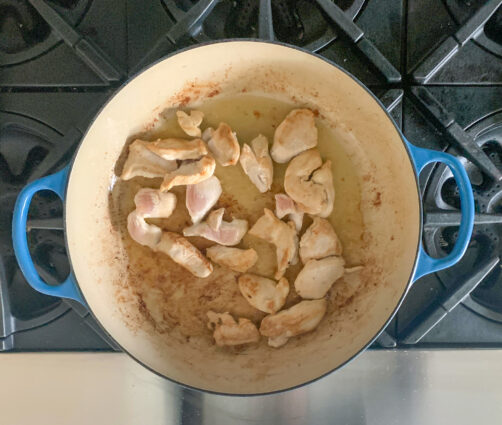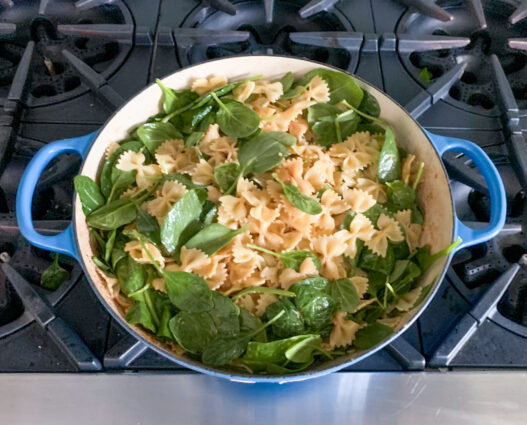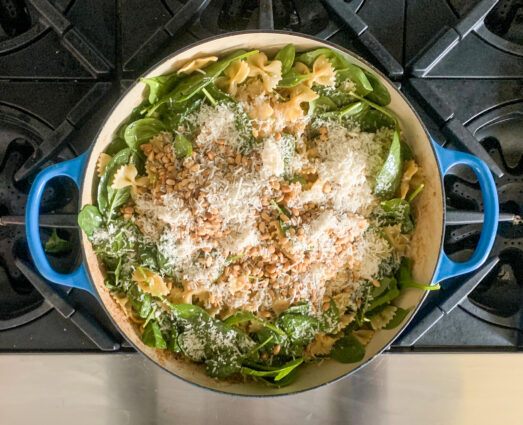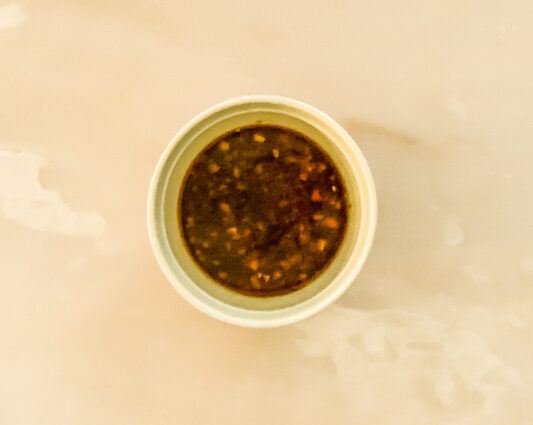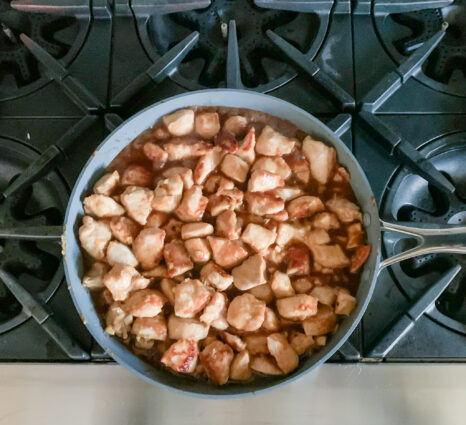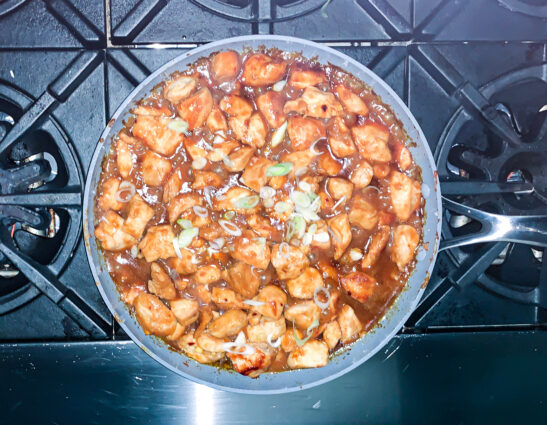
Ramen has become all the rage in recent years. I probably don’t have to tell you this, but ramen is a dish of pulled wheat noodles usually served in broth and flavored with soy sauce or miso. It has gone from pre-packaged staples of college students everywhere to restaurant menus all over the world. My kids lived on ramen noodles when they were in college, as did their roommates. I would buy the packages by the dozen, and they loved them. Thankfully, these noodles are very versatile. They are easy to make and can easily be changed to your tastes with spices of your choice. If you can’t find ramen noodles, you can easily substitute angel hair pasta or thin spaghetti in the recipe below.
Ramen has become a new favorite in global market trends. Japan is the birthplace of instant noodles, and China is the biggest consumer of ramen noodles in the world. In the United States, there has been a huge increase in competition of global market brands who are competing to win the hearts and minds of consumers, so you’ll find many different brands on the shelves these days.
These noodles have become immensely popular during the long cold days of winter. The warm, satisfying broth offers that blissful wintery feeling while it’s cold outside. This is a one bowl meal that can be garnished with meat or vegetables that simmer in a delicious flavorful broth. All across the US, people are learning to love this flavorful dish and many restaurants have adopted ramen, or ramen-like offerings into their menus.
Although ramen alone is not necessarily the healthiest food, it does contain iron which is necessary for moving oxygen throughout the body and preventing fatigue and anemia (iron deficiency). You can make your dish healthier by adding meats, poultry, or vegetables. They also add volume to the meal and can increase feelings of fullness.
Even if you just use the noodles and not the seasoning, you can make these delightful noodles into something comforting and healthy. Are you a ramen lover? I would love to hear from you. Please send me an email and don’t forget to like or follow me on Facebook. Of course, do not forget to subscribe to my newsletter so you never miss a thing!
I just love this dish. It takes very little time and effort to make. The butter gives it a smooth creamy taste. The garlic and ginger are the savory here, and cooking them before adding the noodles is sure to make your house smell amazing. The greens add additional flavor and texture, so don’t leave them out. The soy sauce gives it a little tang and the basil gives it a smooth piquant flavor. Please add the egg! They are the perfect topping for this delightful, cozy dish.
This recipe is courtesy of Super Simple by Tieghan Gerard and will serve 2 people who will absolutely love to cozy up with this savory winter meal.
Ingredients for Garlic Butter Ramen:
2 packs brown rice ramen noodles, seasonings discarded
6 tablespoons salted butter
4 cloves garlic, minced or grated
2 teaspoons fresh grated ginger
2 to 3 cups chopped leafy greens, such as spinach or kale
3 tablespoons low-sodium soy sauce
1/4 cup fresh basil, roughly chopped
2 soft boiled or fried eggs (optional)
Toasted sesame seeds for serving
In a large skillet over medium heat, melt the butter, then add the garlic and ginger, stirring constantly.
Cook until the garlic is fragrant and beginning to caramelize, 3 to 4 minutes.
Add the greens and cook until wilted, 2 to 3 minutes more.

Meanwhile, cook the noodles according to the packet instructions.
Drain.
Add the noodles and soy sauce to the skillet, tossing with the garlic and butter.
Remove from the heat and add the basil, tossing to combine.

Divide the noodles between two bowls and top each with a fried egg, sesame seed, and more basil if desired.
Season with pepper.
It’s that simple!











